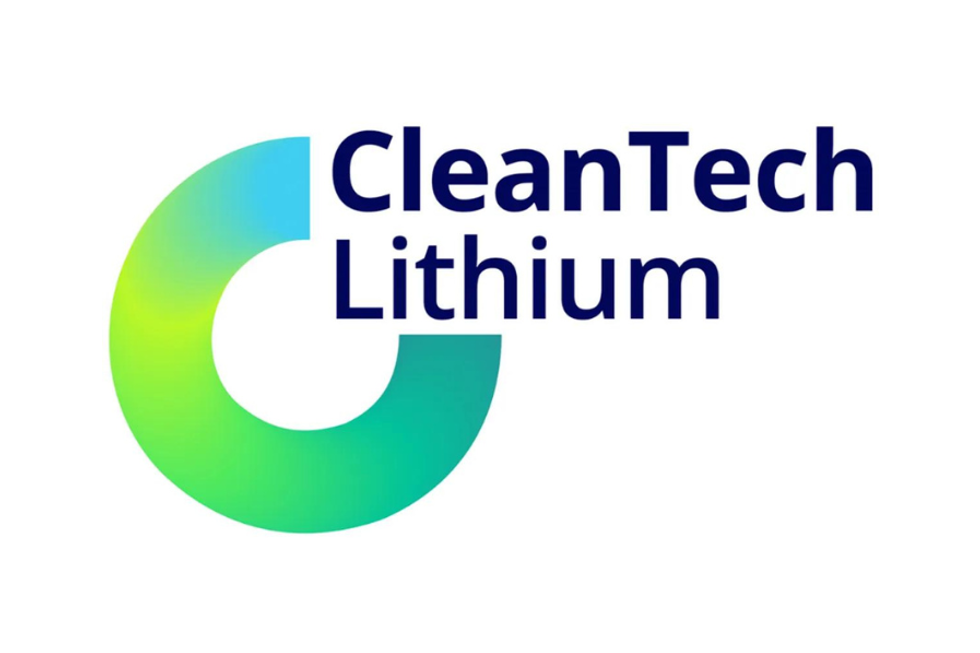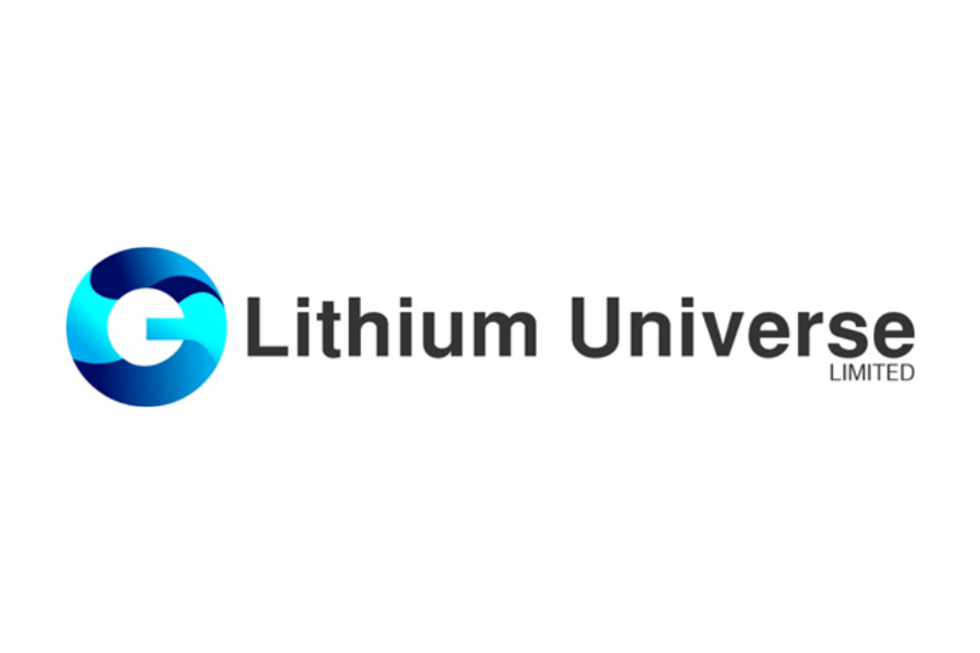
Alfaro-Abogados partner Ignacio Celorrio explains the ins and outs of how to successfully monitor and invest in South America’s lithium triangle.
Interview conducted by Priscila Barrera; article text by Olivia Da Silva.
As the lithium triangle continues to lure curious investors to South America, one local expert has input on what it takes to be successful in the region.
Speaking at Toronto’s Mines and Money Americas event, Alfaro-Abogados partner Ignacio Celorrio explained that doing one’s homework is vital to finding prosperity down south.
“Because lithium has been so small for so much time, there is a lot of speculation and expectations, which can blur your eyes. But at the same time there is not enough knowledge about how the market works, which seems to oversimplify some analysis,” he said.
Celorrio also said that while being informed is important, investors should make sure to take a big-picture approach when looking at the lithium triangle.
“[Don’t] be so concerned with everyday news of what’s going on, [just look for] the trends of what’s coming. Because Latin countries tend to be more volatile than the new investors are used to.”
Read the full interview transcript below, or click here to view our full Mines and Money Americas interview playlist on YouTube.
INN: We’re here at Mines and Money in Toronto, and you will be giving a presentation about the lithium triangle. What do you find most attractive about the region?
IC: The potential, the resources that it has and the cost-effective nature of extracting brines make it the hottest place by far to look from a technical aspect. And there has been a lot of exploration. There’s a tradition of development there, [there is] this knowledge and these expectations about how the lithium market will behave in the future. That makes it the most [interesting] place to go and look for a project.
INN: That’s great. And what are some of the risks or opportunities that investors should be aware of in that region?
IC: Well, to start with there is very little Latin capital in the development of these projects, and usually the mining markets have cultural differences. So to know the place, to do your due diligence, to know the demographic of the places where you are at, I think is key for the development.
Having said that, funny enough in the last years … even local capital has been flowing into these types of projects, mostly exploration. So that makes an idea of how interested everybody is around the development of lithium in the region.
INN: And how would you say it compares to other geographical regions, maybe such as Australia, which has a lot of the potential for lithium?
IC: To start with, the types of projects are different. It’s hard rock in Australia, it’s brines in the lithium triangle, and the differences are quite obvious. It’s obviously — if it wasn’t for the cost-effective capacity potential that we [have] in the lithium triangle, probably they’re more used to capital investments in Australia, and they will see it as a more secure country with regards to investment [than] Argentina or Bolivia, particularly.
But having said that, [it’s] also because of the characteristics of these countries. [In Argentina] the expectations and the need for direct investment makes it a more attractive jurisdiction in many ways. There’s some who have said the country is perfect. With its own characteristics, this situation compares to Chile and less to Bolivia, which is less secure from my legal framework and perspective.
INN: Going back to the lithium triangle, which country do you see with more potential there?
IC: If you see it from potential I think it is obvious — and not because of my nationality — I think it’s obvious that it is Argentina, because Chile has a more developed lithium industry. They have been doing it for awhile, they have more expertise and they have challenges from the regulatory perspective on how to move forward.
Then Bolivia has the combination of the two bad sides in that way. First, a policy that is very interventionist and indecision of investment. And second, it hasn’t had … such a developed industry. They need a lot of exploration to do so. Argentina, for those reasons, was benefiting in the last years through exploration and risk investment, so there’s a lot of work that has been done lately there. And I think that if these bring their fruits it’s going to be positive for Argentina in the near future.
INN: Can we expect increased supply from that region? And what is your take on this oversupply in the market?
IC: It’s a debate now, and everybody has taken a stake. It seems fairly simple to me that two things are going to raise demand and supply. So how is that able to adjust if we’re going to believe the [idea] that it’s going to be oversupplied in a moment or not.
My impression, and I follow mostly what I see of technical advisors, is that the most serious approach appears to be that it will be more excess of demand than of supply, at least in the mid-term. In the future term, it really will depend on the pace of EVs and users. But I don’t see, at least in the market, that’s in the same most knowledgeable sectors, a particular concern on oversupply. On the contrary, these projects are difficult to put them on market, difficult to ramp up, there is difficulty to have the exact product that the customer needs. So just to make up the raw numbers may give the wrong impression.
INN: My last question for you today is what would be your best piece of advice for investors looking to jump into the market? In particular in the lithium triangle.
IC: It’s an excellent question. I think that the first thing is to do your homework with specializing in the market. Because lithium has been so small for so much time, there is a lot of speculation and expectations, which can blur your eyes. But at the same time there is not enough knowledge about how the market works, which seems to oversimplify some analysis. So that will be by far my first advice from a general perspective.
If you’re going to see companies that are in the lithium market, certainly you have to see which team they have in place, what they have done, if their expertise comes from people that know about this sector. Or is it just jumping into the speculation that has been created in the last few years. So that’s why I think that should be the most important thing.
The second one, in regards to Argentina, Chile and Bolivia, is not to be so concerned with everyday news of what’s going on, and just to see the trends of what’s coming. Because Latin countries tend to be more volatile than the new investors are used to — the US, Canada, Australia, UK. So to get away [from] a little bit of the news, of the media helps a lot.
Don’t forget to follow us @INN_Resource for real-time updates!
Securities Disclosure: Priscila Barrera and Olivia Da Silva hold no direct investment interest in any company mentioned in this article.
Editorial Disclosure: The Investing News Network does not guarantee the accuracy or thoroughness of the information reported in the interviews it conducts. The opinions expressed in these interviews do not reflect the opinions of the Investing News Network and do not constitute investment advice. All readers are encouraged to perform their own due diligence.





